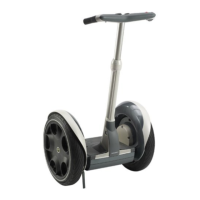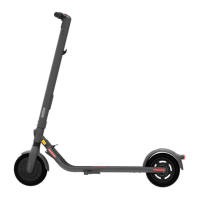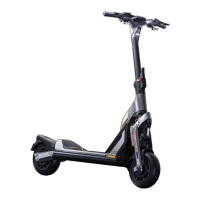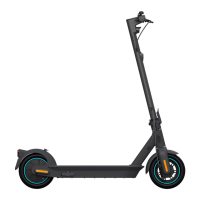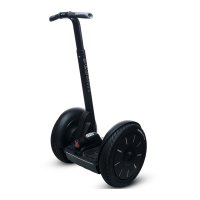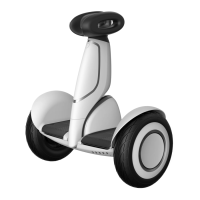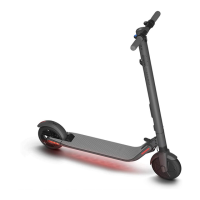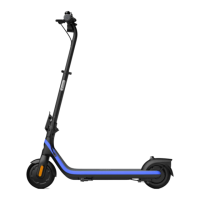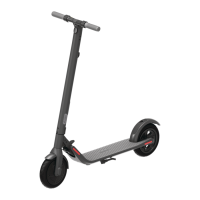Basic Rider Optimization Training for the Segway HT Page 21 of 106
Instructor Guide and Participant Workbook Rev 3.5i - January 2004
© Segway LLC 2002 P/N 1707100001aa
Tires and Wheels
Component Review
Ask some/all of the questions below to ensure retention/comprehension of the content. Feel free to
throw in some of your own questions.
1. How do you turn off the Segway HT?
2. How do you change from Balance Mode to Power Assist Modes?
3. Explain how the Steering Grip works.
4. Describe the different Keys.
5. How do you adjust the height of the Handlebar/Control Shaft Assembly? Would I do the same
thing if my Handlebar were twisted?
6. How many Rider Detect Sensors are there? How many are needed for normal operation?
7. How many motors are there? What does “dual redundant” mean?
8. What happens if one of the motor components malfunctions?
9. List conditions which affect charge/range.
10. How can you tell your Battery Packs are charging?
11. Can you put the front Battery Pack in the rear and vice versa?
12. How many Controller Boards are there?
13. If one Controller Board has a malfunction, what happens?
14. How do the Controller Boards, balance sensor assembly and motors interact?
15. How many gyros? How many tilt sensors? Why so many? What happens in the event of a
malfunction?
16. Tires are low pressure or high pressure?
Notes:
The tires are produced by Michelin and
are designed to maximize range with low
rolling resistance. The low-pressure tires
provide a comfortable ride. They are
manufactured using a non-marking,
silica-based compound for use on floors
and rugs with no damage. The tires are
tubeless
Recommended pressure is as follows:
i and e Series: 15 psi (103 kPa) to 22 psi
(152 kPa), depending on payload
weight. Increase the psi (kPa) as you
increase payload weight.
p Series: 22 psi (152 kPa).
Tire and wheel assembly comes
together. This is a user-replaceable part
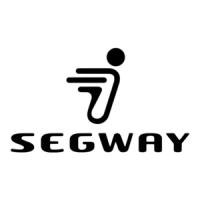
